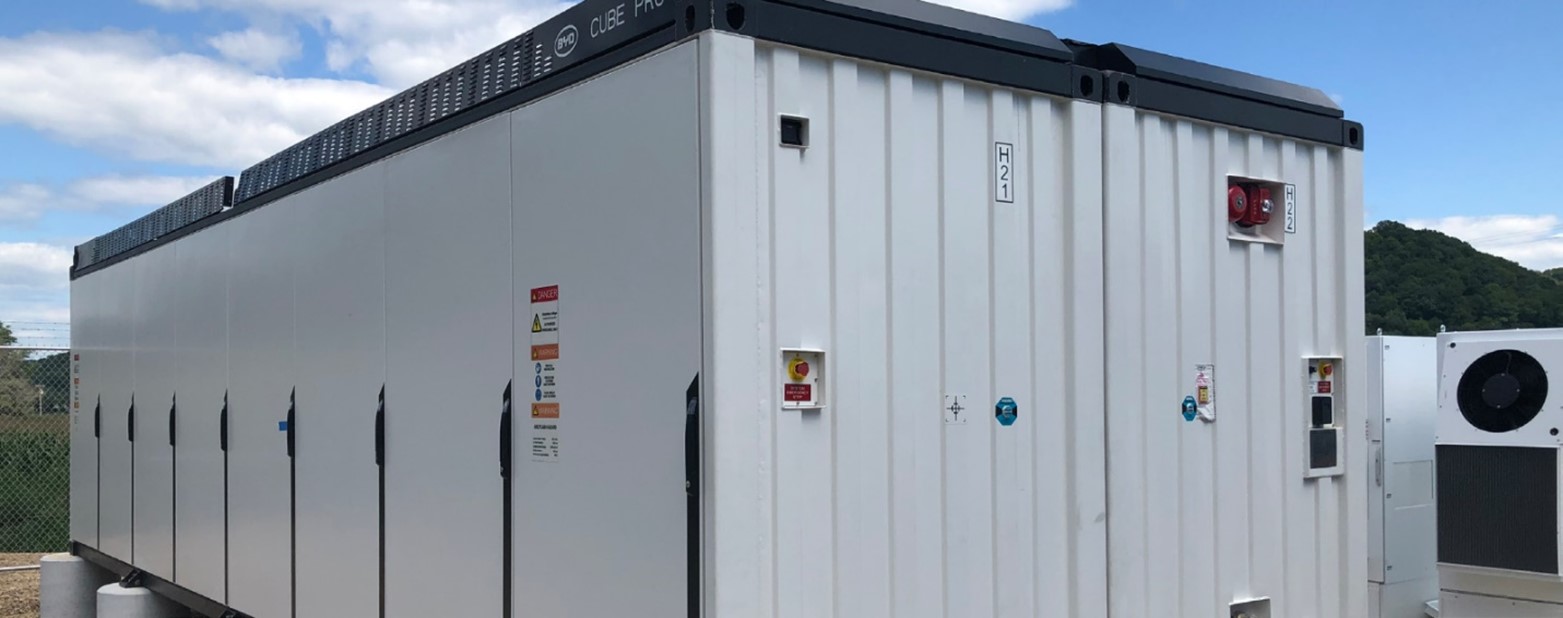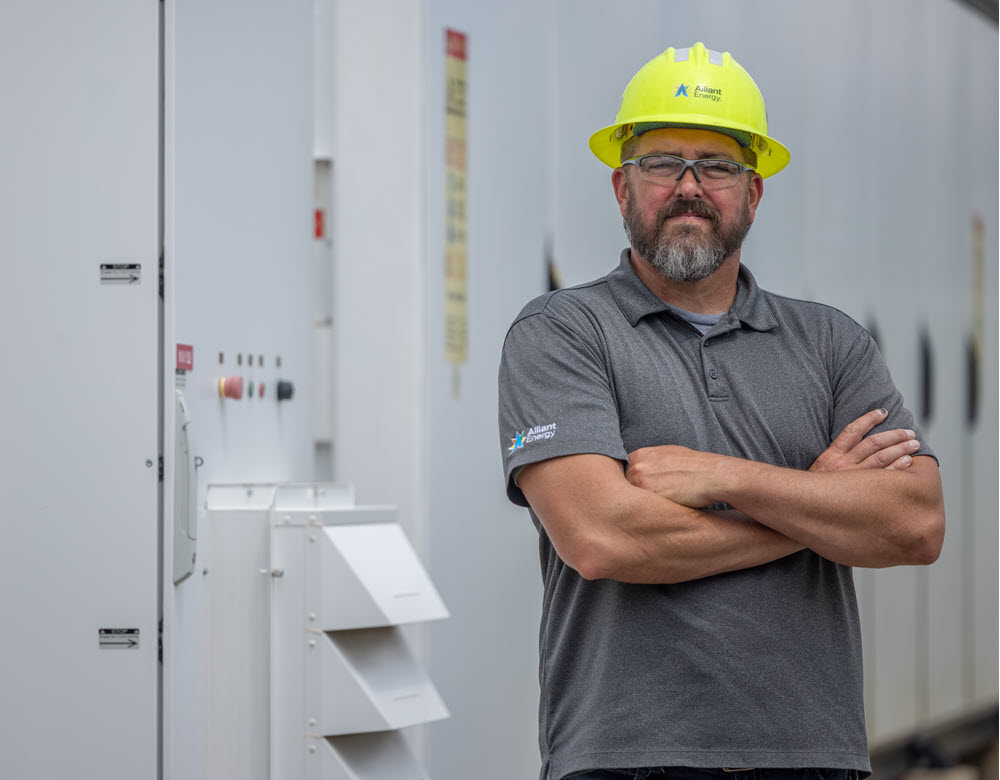We’re building the Lansing battery energy storage system (BESS) at the site of the former Lansing, Iowa coal facility. The battery storage system can store up to 150 megawatts of power – enough energy to power over 150,000 homes for up to four hours. We expect it will be up and running by December 2026.
How does battery storage work?
Battery storage systems charge from the grid when energy demand is low or directly from wind projects when excess renewable energy is abundant. They discharge energy when demand increases, such as on hot summer or cold winter days. The ability to capture and store energy to use when needed improves the overall benefit of renewable resources.
We’re meeting today’s energy needs and building a stronger, more reliable energy future for all.





